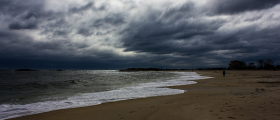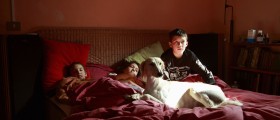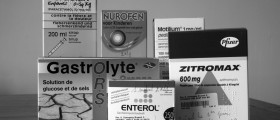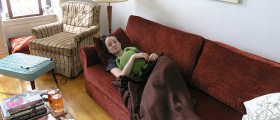
Carbon monoxide (CO) is a product of incomplete combustion, that is when there is no enough oxygen to complete the combustion of the fuel and produce carbon dioxide and water. It is a toxic gas, but since it does not have color, odor, taste and is not irritating, people have difficulty detecting it. However, if it is inhaled, it has the ability to kill a person. Due to its features, carbon monoxide is called the ''silent killer“.
Causes
When organic matter burns, the products of combustion are carbon dioxide and water. However, sometimes an error occurs and oxygen supply to the combustion gets obstructed. In those cases carbon monoxide is produced. Common sources of carbon monoxide are charcoal grills, gasoline and diesel generators, cigarette smoke, gas water heaters, kerosene heaters, indoor tractor pulls, forklifts fueled by propane, boats with engines, spray paint and paint removers. People who are at risk of being poisoned by carbon monoxide are children riding at the back of enclosed pickup trucks, industrial workers, firefighters, people who use electric generators during blackouts, those working indoors with combustion engines, those in the close vicinity of boats with running engines, and people near a boat with improper ventilation.
Symptoms
Symptoms of carbon monoxide poisoning include headache, dizziness, permanent fatigue, cold-like symptoms, confusion, depression, loss of balance, hallucinating, irritability, vomiting, loss of memory, and difficulty walking. Although these symptoms may indicate some other condition, people who were at risk of being poisoned by carbon monoxide should see a doctor immediately after seeing any of them.
PreventionThe best method of prevention is installing a carbon monoxide detector in the house or a boat. Most houses have smoke alarms, but few have carbon monoxide alarms. There are certain areas where carbon monoxide detectors are standardized, meaning that their installation is mandatory. In the case the alarm detects the poison, the building should be evacuated immediately and the fire department should be called. People should also inspect their heating systems and chimneys regularly, and also take care that their furnaces, ovens and cook tops have proper ventilation. Burning charcoal inside a house or any other confined space is not advisable, just like operating engines that run on gasoline. Exhaust pipes or ducts for appliances like water heater and clothes dryers should not be blocked or sealed. Everybody should be acquainted with the risks of carbon monoxide poisoning. In case of carbon monoxide poisoning, the injured person should be moved from the place of exposure, and other people should be taken out of the danger. Some people might require CPR on the spot and administering oxygen through a mask. In case a pregnant woman gets poisoned, oxygen should be administered longer that with other patients. Sometimes a hyperbaric oxygen is used. That is oxygen intended for medical use at a level higher than atmospheric pressure. This might help accelerate the process of transferring the oxygen to the tissues. According to one study, approximately one third of people who suffered carbon monoxide poisoning will not survive the consequences.

















Your thoughts on this
Loading...